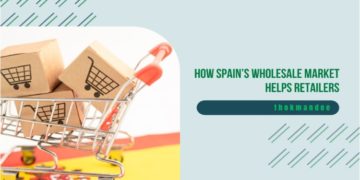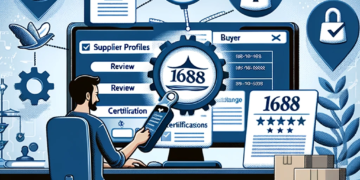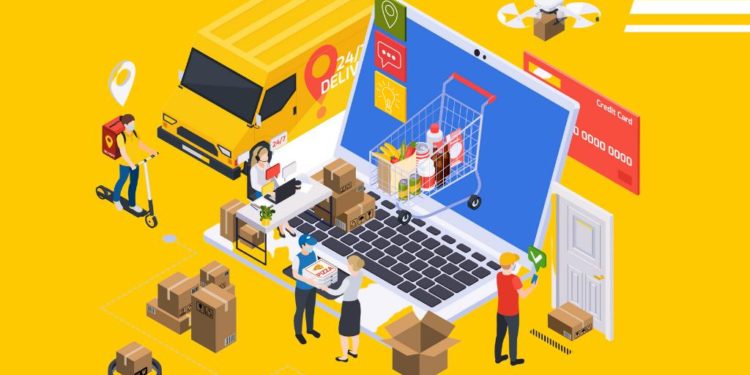Let’s start with some hard facts. “73% of ecommerce businesses fail in year two”; don’t you think this claim might be oversimplified? Because the reality says otherwise, year two is the timeline when many e-commerce brands truly collapse.
The U.S. Bureau of Labor Statistics states that about 20-25% of small businesses fail in the first year, and surviving 50% fail by year five. Yet, the emphasis on the second year is critical because early growth of the business often washes over the underlying financial weaknesses. What may seem like success on the surface, say, rising sales, glowing reviews, and viral TikToks, all these glitters likely mask accounting errors that only get identified when inventory scales, cash tightens, and tax scrutiny comes knocking.
Seeing the criticality of year two, e-commerce owners need to go beyond marketing savvy and great product design. Below are the critical accounting fundamentals that must be avoided if you want your brand to scale sustainably.
Inventory valuation errors
Stock management is as important as cash flow management for e-commerce. Yet, many owners treat inventory like a pile of boxes in the garage, giving it no value; however, the IRS and investors perceive it differently.
Common inventory valuation methods to follow:
- FIFO (First-In, First-Out): Older and cheaper goods are sold first. During inflationary periods, applying this method inflates profits and taxes.
- LIFO (Last-In, First-Out): Newer and more expensive goods are taken off the shelves first. While this method is allowed under U.S. GAAP, it is prohibited internationally.
- Weighted Average Cost (WAC): If your business has many SKUs, this method would help you effortlessly manage price fluctuations.
- Specific identification: Mostly used for luxury items or low-volume, high-ticket goods.
Year-two trap example: During a period of rising costs, a fashion startup using FIFO reported higher profits on paper, but ended up with more taxes than its cash flow could sustain. In contrast, their competitor implemented WAC and reported effective costs along with sustainable growth management.
Lesson: Decide on a method early, document it, and don’t switch midway during a volatile period. If needed, you can hire an e-commerce accountant to capture accurate landed costs (duties, freight, packaging) and reconcile quarterly.
Ignoring Sales Tax nexus rules (Multi-state & global)
When you operate across states or international borders, you unknowingly trigger sales tax nexus.
- Economic nexus: In most states, if you exceed $100,000 in annual sales, it creates legal obligations, even without any physical presence of your business.
- Marketplace facilitator rules: Platforms like Amazon collect and remit sales tax on your behalf, excluding your Shopify or WooCommerce store.
- International VAT/GST: Since July 2021, the EU mandates retailers to use One Stop Shop (OSS/IOSS) for VAT. Non-compliance may lead to shipment delays, fines, or account suspensions.
Year-two instance: A dropshipping store expanded rapidly, forgetting to track economic nexus thresholds. The outcome? Back taxes and penalties valued $50,000+ after two years of non-compliance.
Solution: Use tools like TaxJar or Avalara and consult an e-commerce accountant for consistent compliance.
Poor cash flow forecasting
The e-commerce landscape is cash-intensive; between inventory, ads, payouts, and fulfillment, many businesses face a cash crisis despite strong sales.
Cash flow forecasting essentials:
- Implement a 13-week rolling forecast into your accounting software that updates weekly.
- Include payment processor delays and potential holds.
- Assess the best, base, and worst-case scenarios before large purchase orders.
- Match ad spends with contribution margin, not just revenue growth.
Success story: A Shopify store selling eco-friendly products executed rolling 13-week cash flow forecasts, secured a line of credit before seasonal highs, and avoided stockouts.
Not tracking the right financial KPIs
Be clear about the fact that profit isn’t just about revenue. Without tracking the right financial KPIs, you can’t detect margin erosion or overspending until later.
Critical e-commerce KPIs to measure:
- Gross margin: The value after deducting COGS, shipping subsidies, and merchant fees.
- Inventory turnover: Reveals cash tied up in slow-moving inventory.
- Customer lifetime value (LTV): How much you can afford to spend on acquisition.
- Customer acquisition cost (CAC) & Payback period: Determines the sustainability of your ad spend.
- Cash conversion cycle: The Period between suppliers’ payment and collecting from customers.
Failure example: A DTC skincare brand ignored its shrinking gross margin due to rising ad costs, despite rapid revenue growth. But by year two, they were burning $20,000 a month with a lesser scope for profitability.
Key takeaway: Celebrating top-line growth is fine, but remember to monitor contribution margin, cash runway, and turnover every month.
Cash vs. accrual accounting: Picking the wrong method
The choice of the accounting method shapes how your business operates:
- Cash accounting: This method recognizes revenue/expenses whenever there is a cash flow. Even though simple, it can turn dangerous if you carry inventory.
- Accrual accounting: Identifies revenue when earned and expenses when incurred. While more complex, it is an ideal option for businesses with inventory or turnovers over $30M (as per the 2024 IRS threshold).
Year-two example: A subscription box business using cash accounting was unable to track deferred revenue, resulting in tax overpayments and inaccurate financials. Switching to accrual accounting helped them scale.
Takeaway: Recommended to work with an e-commerce accountant to run dual views, i.e., accrual for operations and cash method (if legally permitted) for tax efficiency.
The role of an e-commerce accountant in business growth
Many e-commerce owners are found relying on general accountants or DIY spreadsheets. However, e-commerce has unique pain points, such as inventory reconciliation across platforms, multi-currency payments, returns management, and marketplace tax rules. Only a specialized e-commerce accountant can help:
- Automate reconciliation between different selling platforms and payment processors.
- Accurately allocate COGS, shipping, and fulfillment fees.
- Ensure sales tax/VAT compliance across jurisdictions.
- Identify hidden savings/claims, such as inventory write-offs, R&D tax credits, and freight allocation.
Closure
Most e-commerce business failures stem from financial mismanagement. The above-mentioned accounting mistakes can overturn a promising business towards downfall.
But when businesses follow the right accounting formats, they can scale faster, attract investors, and weather downturns.
Therefore, if you’re entering year two on your e-commerce brand, don’t wait for a crisis. Audit your books now, implement a cash forecast, and partner with an e-commerce accountant who speaks your language.











































































